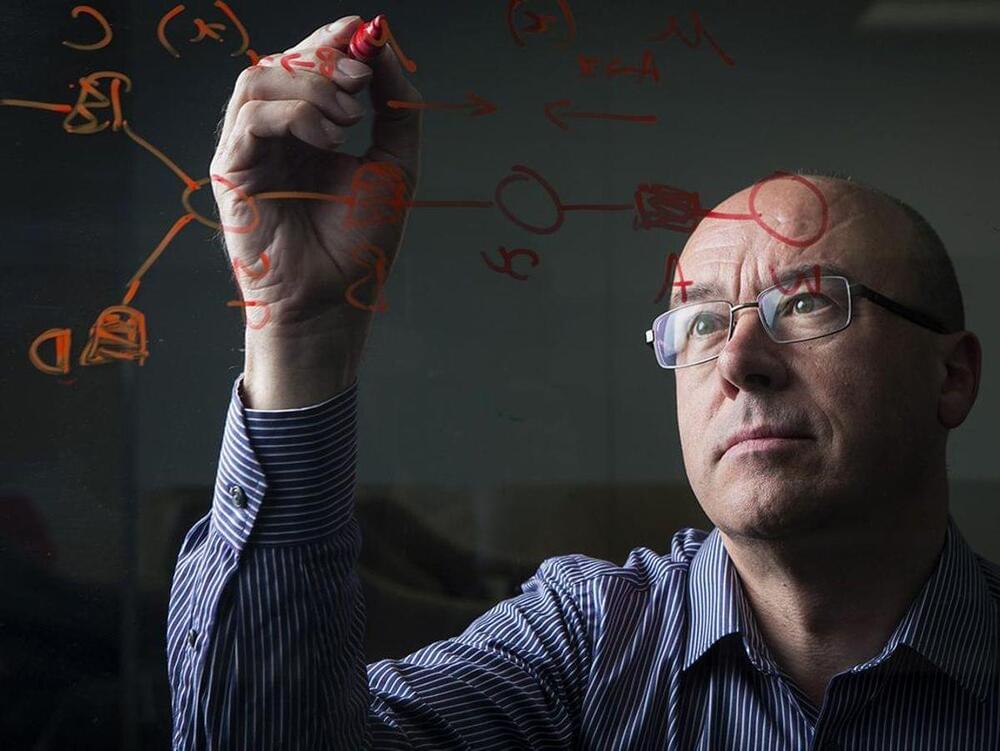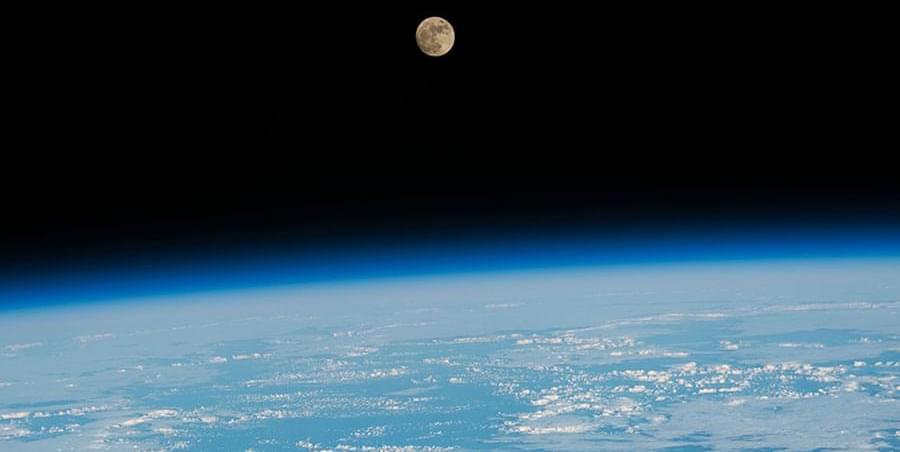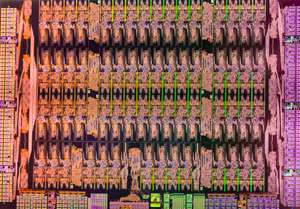The start-up sees bright prospects for the technology in tomorrow’s metaverse where people need to represent themselves.



Since we began space exploration in the mid-20th century, space agencies have relied on sending humans and robots into space. But should we leave space exploration entirely to robots?
Or should we consider sending humans to explore a new space world instead of robots? You are about to find satisfying answers to these curious questions.
Unlike traveling from one destination to another on Earth, exploring space comes with greater responsibilities. Space agencies hoping to explore a new space world must make a lot of planning to guarantee their success.
“Robo Sapien” taken from the album “The Machinists Of Joy”.
Directed by: Jay Gillian.
Camera OP and Computer Animation: Shane Williams.
Produced by Cinematek Film & Television.
Robo Sapien provided by: JG and the Robots www.JGandtheRobots.com.
http://www.facebook.com/diekruppsofficial.
http://www.twitter.com/diekruppsband.
http://www.diekrupps.com

Could one of the biggest puzzles in astrophysics be solved by reworking Albert Einstein’s theory of gravity? A new study co-authored by NASA scientists says not yet.

Bishop: They can still be computationally very expensive. Additionally, emulators learn from data, so they’re typically not more accurate than the data used to train them. Moreover, they may give insufficiently accurate results when presented with scenarios that are markedly different from those on which they’re trained.
“I believe in “use-inspired basic research”—[like] the work of Pasteur. He was a consultant for the brewing industry. Why did this beer keep going sour? He basically founded the whole field of microbiology.” —Chris Bishop, Microsoft Research.

Life science continued dominating the research schedule aboard the International Space Station on Wednesday to benefit humans living on and off the Earth. The seven Expedition 67 orbital residents explored how living in microgravity affects tissue regeneration, crew psychology, and the human digestion system.
Learning to heal wounds in space is critical as NASA and its international partners plan crewed missions to the Moon, Mars, and beyond. Four station astronauts have been partnering together this week for the skin healing study taking place inside the Kibo laboratory module. Flight Engineers Kjell Lindgren, Bob Hines, and Jessica Watkins, all from NASA, with Samantha Cristoforetti of ESA (European Space Agency), are studying surgical techniques such as biopsies, suture splints, and wound dressing, inside Kibo’s Life Science Glovebox.
Scientists on Earth seek to identify the molecular mechanisms that occur during tissue regeneration in weightlessness. Observations may offer advanced therapies and provide insights into how space-caused accelerated skin aging affects an astronaut’s healing properties. The biomedical experiment may also contribute to better wound healing techniques on Earth.

Circa 2014 face_with_colon_three
Electronic transistors, which act as miniature switches for controlling the flow of electrical current, underpin modern-day microelectronics and computers. State-of-the-art microprocessor chips contain several billion transistors that switch signals flowing in electrical wires and interconnects. With increasing data-processing speeds and shrinking chip sizes, however, wires and interconnects waste considerable energy as heat.
One alternative is to replace electrical interconnects with energy-efficient optical interconnects that carry data using light signals. However, a practical analogue of the transistor for optical interconnects does not yet exist. Hence, Vivek Krishnamurthy from the A*STAR Data Storage Institute and co-workers in Singapore and the United States are developing a practical ‘photonic transistor’ for optical interconnects that can control light signals in a similar manner to electronic transistors.
The researchers’ latest photonic transistor design is based on prevalent semiconductor technology and offers attractive attributes of high switching gain, low switching power and high operating speed.

The number of vulnerability disclosures impacting extended internet of things (XIoT) devices increased by 57% in the first half of 2022 compared to the previous six months, according to a new report by Team82, the research team of cyber-physical systems (CPS) security firm Claroty.
The research also found that vendor self-disclosures increased by 69%. This would be a first for the industry, which usually relies more for disclosures on independent research teams. According to Team82, the trend indicates that more operational technology (OT), IoT, and internet of medical things (IoMT) vendors are establishing vulnerability disclosure programs and dedicating more resources to them.
Additionally, fully or partially remediated firmware vulnerabilities increased by 79% over the same time period, a significant improvement considering the relative challenges in patching firmware versus software vulnerabilities.

Facebook suffered a bug leading to users’ feeds being spammed with posts from strangers on the pages of celebrities on the site earlier today.
The social media platform’s parent company Meta blamed the problem on a “configuration change” in a statement to Metro.co.uk, adding: “We resolved the issue as quickly as possible for everyone who was impacted, and we apologize for any inconvenience.”
The technical glitch meant that when anyone posted a comment on a celebrity’s page, it appeared on the feed of anyone who followed that celebrity. This issue reportedly began at around 6.30 am BST on Wednesday, August 24.